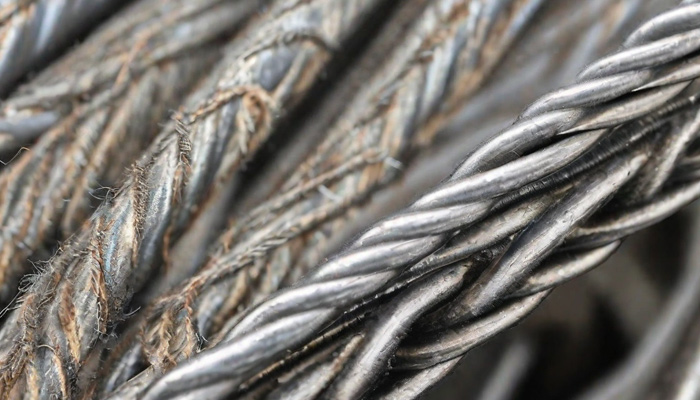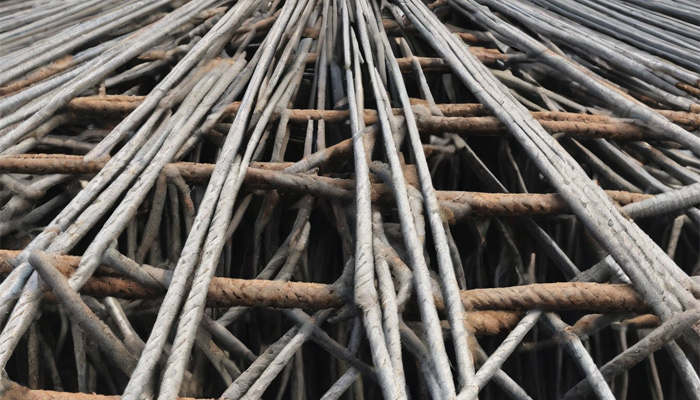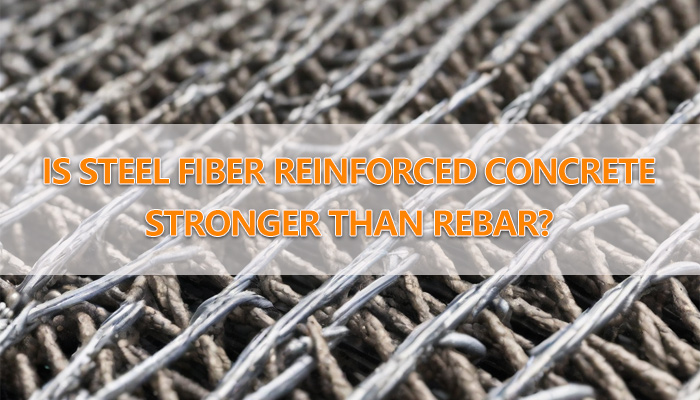Steel fiber reinforced concrete (SFRP) and rebar are two popular materials used in construction. In this article, we will explore the differences between SFRP and rebar and examine whether SFRP is indeed stronger than rebar.
Steel Fiber Reinforced Concrete vs Rebar
Steel fiber reinforced concrete (SFRC) and rebar are two common materials used in construction for reinforcing concrete structures. While both have their advantages and disadvantages, the question remains: is SFRC stronger than rebar? In this article, we will explore the differences between these two materials and determine which one is superior.

Steel Fiber Reinforced Concrete vs Rebar: Tensile Strength
One of the most significant advantages of SFRC is its tensile strength. SFRC has a higher tensile strength than traditional concrete, making it more resistant to cracking and deformation. SFRC has a tensile strength that is up to 30% higher than traditional concrete. This means that SFRC can withstand more stress and strain than traditional concrete, making it a better choice for structures that are subjected to high loads.
Rebar, on the other hand, has a lower tensile strength than SFRC. While rebar is still a strong material, it is not as strong as SFRC. This means that rebar may not be able to withstand the same level of stress and strain as SFRC, which can lead to cracking and deformation over time.
Steel Fiber Reinforced Concrete vs Rebar: Durability
Another advantage of SFRC is its durability. SFRC has a lower shrinkage rate than traditional concrete, which means that it is less prone to cracking and deformation over time. This makes SFRC a better choice for structures that are exposed to harsh environmental conditions, such as high temperatures, humidity, and saltwater.
Rebar, on the other hand, is more prone to corrosion than SFRC. Corrosion can weaken the steel bars and reduce their tensile strength, which can lead to structural failure over time. This means that rebar may require more maintenance and replacement than SFRC, which can increase the lifecycle costs of a structure.

Steel Fiber Reinforced Concrete vs Rebar: Cost
One of the main advantages of rebar is its cost-effectiveness. Rebar is generally less expensive than SFRC, which can make it a more attractive option for construction projects. However, it is important to consider the lifecycle costs of a structure when comparing the cost of SFRC and rebar.
While rebar may be less expensive upfront, it may require more maintenance and replacement over time, which can increase its lifecycle costs.
Steel Fiber Reinforced Concrete vs Rebar: Conclusion
In conclusion, SFRC is generally considered a stronger material than rebar. Its higher tensile strength, improved durability, and corrosion resistance make it a better choice for structures that are subjected to high loads and harsh environmental conditions.
While rebar may be less expensive upfront, its lower tensile strength and higher maintenance requirements can increase its lifecycle costs. Therefore, SFRC is the better choice for structures that require high strength and durability.
